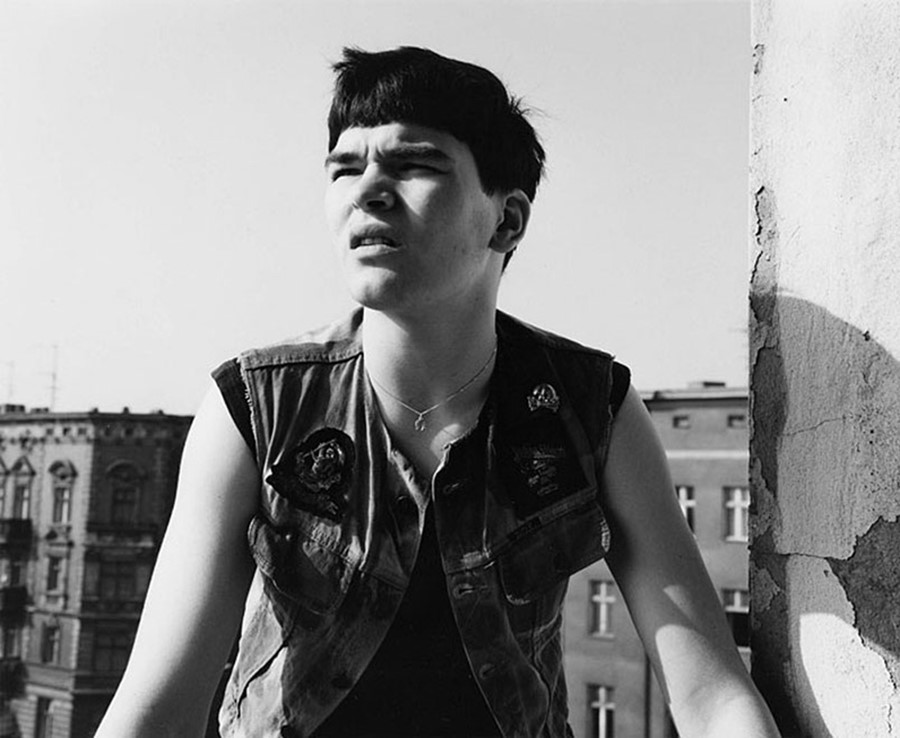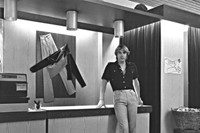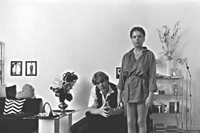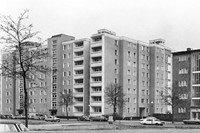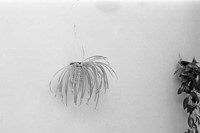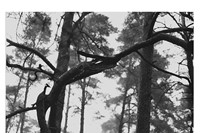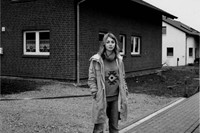Last week saw the photographer Michael Schmidt be awarded the prestigious Prix Pictet, just three days before he sadly passed away. Here we celebrate his work recording the ever changing face of Berlin
On Saturday May 24, the photographer Michael Schmidt, best known for his bleak and unsentimental photographs of post-war Berlin, died after a severe illness at the age of 68. Characteristically taking for his subjects the grey concrete city-scapes and suburban wastelands of the war-wrecked city, he managed to communicate a sense of the melancholy and dislocation of Berlin life in the '70's, '80s and '90s.
His photographic career began when he was 18, after he made the decision to quit his apprenticeship with the police and devote his life to photography. He had been born in 1945, the year that World War II ended and Berlin was divided in two. Born under this political star, he would use photography as a tool of social documentation for the rest of his life. His most famous collection of photographs, 'Ein-Heit' (translated into English as U-Ni-Ty), is a study of the Berlin of the 1990s, reunited after the fall of the wall in 1989. Despite its re-unification however, the city of Schmidt's photographs is about as fragmented as the collection's hyphenated title suggests, and his uncanny juxtapositions of his own photographs with historical images taken during the Nazi era gives a haunting sense of the past from which Schmidt's Berlin was still struggling to escape.
"His uncanny juxtapositions give a haunting sense of the past from which Schmidt's Berlin was still struggling to escape"
To compliment his work as a photographer, in 1976 Schmidt opened up the Werkstatt für Photographie (Workshop for Photography). He invited a number of American photographers to teach there, among them William Eggleston and John Gossage, and his heading up of this institution established him as one of the pre-eminent names in German photography.
Right up until his last collection, Lebensmittel (Groceries; 2012), Schmidt had never used colour photography in his work – in 2009 a major retrospective of his work, held at the Haus der Kunst, was fittingly titled 'Grey as Colour'. Of his lifelong love affair with greyscale he said: “Grey is my colour. There are thousands of grey gradations. Black and white are always the darkest and the lightest grey”. His photographs are remarkable for their near complete absence of chiaroscuro – their colour schemes always seem to float in between the two extremes of black and white, caught in the grey and ambivalent middle, just like Berlin was caught between the political poles of East and West.
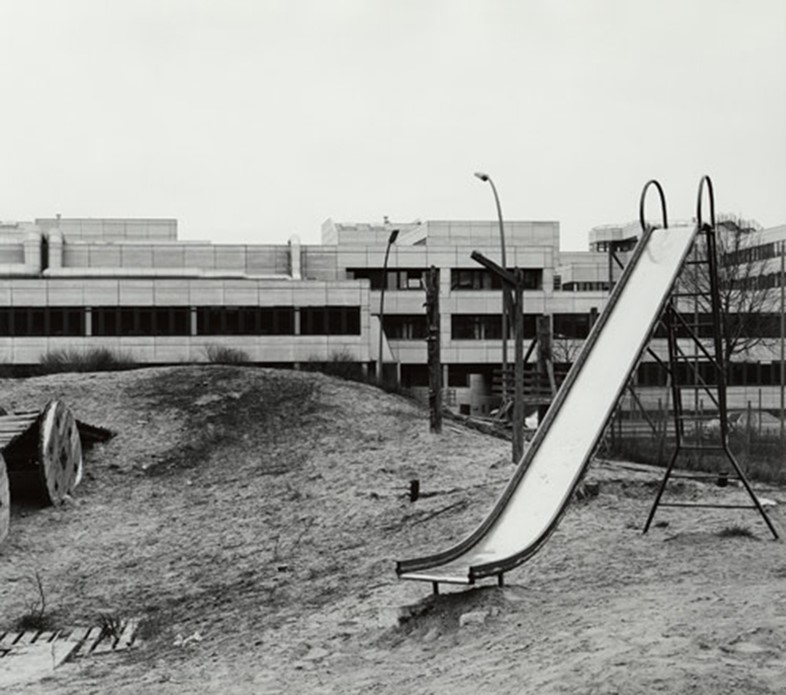
It was Lebensmittel that won him one of photography's most illustrious accolades, the Prix Pictet, which he was awarded just three days before his death. A collection of photographs documenting the modern food industry, it was amassed over seven years of visits to industrial slaughter houses, factory farms and supermarkets. It's his most colourful work, but it retains his work's characteristic sense of obscurity and alienation, hardly ever displaying the glossy finished products produced by these food factories, choosing instead to focus on the detritus and waste that is the by-product of their industrial processes.
Luc Delahaye, the winner of the 2012 Prix Pictet and a judge in this year's prize paid tribute to Schmitt saying, ‘As a photographer, I'd like to say that Schmidt was doing the kind of work that helps us to keep faith in our profession...Michael Schmidt shows us that this kind of photography is today more relevant than ever”.
Lebensmittel is on show at the V&A as part of the Prix Pictet exhibition until June 14.
Text by Max Fletcher
